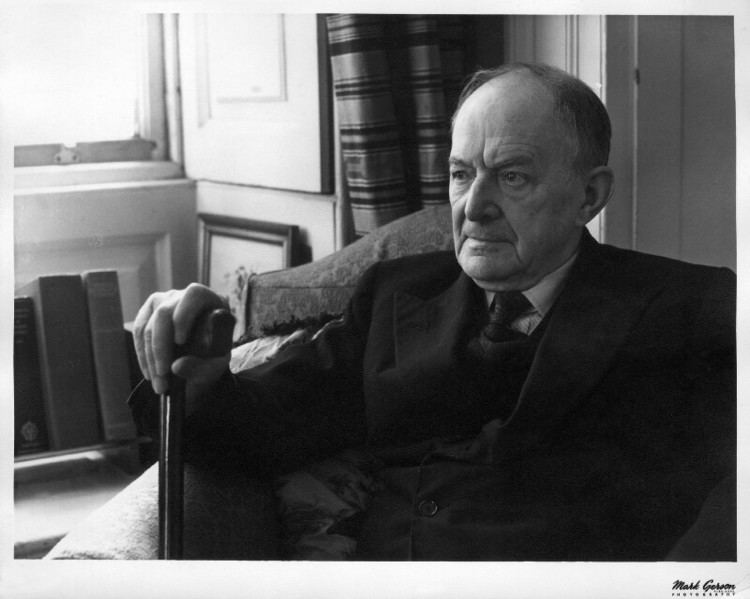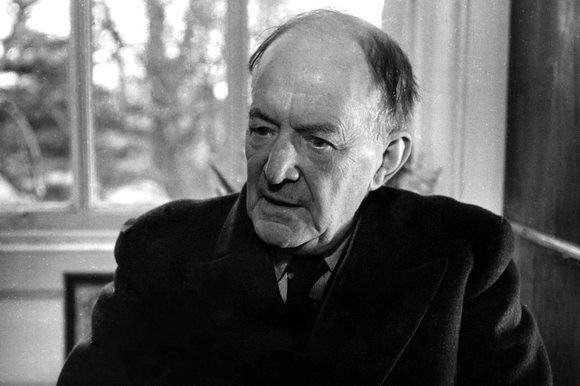Occupation Writer Name Walter la | Role Poet | |
 | ||
Notable awards James Tait Black Memorial Prize1921Carnegie Medal1947 Parents Lucy Sophia Browning, James Edward de la Mare Books The Listeners, Peacock pie, Memoirs of a Midget, Songs of Childhood, The return Similar People Edward Thomas, Arthur Shepherd, Hubert Parry, Lord David Cecil, Elizabeth Gilbert | ||
The listeners walter de la mare
Walter John de la Mare (; 25 April 1873 – 22 June 1956) was an English poet, short story writer and novelist. He is probably best remembered for his works for children, for his poem "The Listeners", and for a highly acclaimed small selection of subtle psychological horror stories, amongst them "Seaton's Aunt" and "All Hallows".
Contents
- The listeners walter de la mare
- Joanna lumley on poetry john masefield and walter de la mare
- Life
- The imagination
- Come Hither
- Supernaturalism
- Novels
- Short story collections
- Poetry collections
- Plays
- Nonfiction
- Anthologies edited
- References

His 1921 novel Memoirs of a Midget won the James Tait Black Memorial Prize for fiction, and his post-war Collected Stories for Children won the 1947 Carnegie Medal for British children's books.

Joanna lumley on poetry john masefield and walter de la mare
Life

De la Mare was born in Kent at 83 Maryon Road, Charlton (now part of the Royal Borough of Greenwich), partly descended from a family of French Huguenots, and was educated at St Paul's Cathedral School. He was born to James Edward de la Mare, a principal at the Bank of England, and Lucy Sophia Browning (James' second wife), daughter of Scottish naval surgeon and author Dr Colin Arrott Browning. The suggestion that Lucy was related to poet Robert Browning has been found to be incorrect. He had two brothers, Francis Arthur Edward and James Herbert, and four sisters Florence Mary, Constance Eliza, Ethel (who died in infancy), and Ada Mary. De la Mare preferred to be known as 'Jack' by his family and friends as he disliked the name Walter.

He worked from 1890 in the statistics department of the London office of Standard Oil for eighteen years to support his family, but nevertheless found time to write. In 1908, through the efforts of Sir Henry Newbolt he received a Civil List pension which enabled him to concentrate on writing.
In 1892 de la Mare joined the Esperanza Amateur Dramatics Club where he met and fell in love with Elfrida Ingpen, the leading lady, who was ten years older than he. They were married on 4 August 1899 and they went on to have four children: Richard Herbert Ingpen, Colin, Florence and Lucy Elfrida de la Mare. The new family lived in Beckenham and Anerley from 1899 till 1924. It was in Beckenham at Mackenzie Road that the children were born, his first book of poems Songs of Childhood published (under the name Walter Ramal), and Henry Brocken written. Their house at Anerley in south London was the scene of many parties, notable for imaginative games of charades.
In 1940, his wife Elfrida was diagnosed with Parkinson's disease and spent the rest of her life as an invalid, eventually dying in 1943. From 1940 until his death, de la Mare lived in South End House, Montpelier Row, Twickenham, the same street on which Alfred, Lord Tennyson had lived a century earlier. For the Collected Stories for Children (Faber & Faber, 1947), he won the annual Carnegie Medal from the Library Association, recognising the year's best children's book by a British subject. It was the first collection to win the award.
De la Mare suffered from a coronary thrombosis in 1947 and died of another in 1956. He spent his final year mostly bed-ridden, being cared for by a nurse whom he loved but never had a physical relationship with. His ashes are buried in the crypt of St Paul's Cathedral, where he had once been a choirboy.
The imagination
De la Mare described two distinct "types" of imagination – although "aspects" might be a better term: the childlike and the boylike. It was at the border between the two that Shakespeare, Dante, and the rest of the great poets lay.
De la Mare claimed that all children fall into the category of having a childlike imagination at first, which is usually replaced at some point in their lives. He explained in the lecture "Rupert Brooke and the Intellectual Imagination" that children "are not bound in by their groping senses. Facts to them are the liveliest of chameleons. ... They are contemplatives, solitaries, fakirs, who sink again and again out of the noise and fever of existence and into a waking vision." His biographer Doris Ross McCrosson summarises this passage, "Children are, in short, visionaries." This visionary view of life can be seen as either vital creativity and ingenuity, or fatal disconnection from reality (or, in a limited sense, both).
The increasing intrusions of the external world upon the mind, however, frighten the childlike imagination, which "retires like a shocked snail into its shell". From then onward the boyish imagination flourishes, the "intellectual, analytical type".
By adulthood (de la Mare proposed), the childlike imagination has either retreated for ever or grown bold enough to face the real world. Thus emerge the two extremes of the spectrum of adult minds: the mind moulded by the boylike is "logical" and "deductive". That shaped by the childlike becomes "intuitive, inductive". For de la Mare, "The one knows that beauty is truth, the other reveals that truth is beauty." Yet another way he puts it is that the visionary's source of poetry is within, while the intellectual's sources are without – external – in "action, knowledge of things, and experience" (McCrosson's terms). De la Mare hastens to add that this does not make the intellectual's poetry any less good, but it is clear where his own preference lies.
Come Hither
Come Hither was an anthology, edited by de la Mare, mostly of poetry with some prose. It has a frame story, and can be read on several levels. It was first published in 1923, and was a success; further editions followed. Alongside children's literature it includes a selection of the leading Georgian poets (from de la Mare's perspective).
Supernaturalism
Walter de la Mare was also a notable writer of ghost stories. His collections Eight Tales, The Riddle and Other Stories, The Connoisseur and Other Stories, On the Edge and The Wind Blows Over all contain a few ghost stories each. His complete short stories have now been published in three volumes issued by Giles de la Mare Publishers, London. De la Mare also wrote two supernatural novels, Henry Brocken (1904) and The Return (1910). His poem The Ghost Chase appeared in Punch magazine, 26 March 1941, and was illustrated by Rowland Emett.
De la Mare's supernatural horror writings were a favourite of H. P. Lovecraft, who in his classic study Supernatural Horror in Literature remarked that, "he is able to put into his occasional fear-studies a keen potency which only a rare master can achieve,' especially praising de la Mare's novel The Return and his stories "Seaton's Aunt", "The Tree", "Out of the Deep", "Mr Kempe", "A Recluse" and "All Hallows". On the shortage of de la Mare horror stories, Lovecraft wrote: 'De la Mare can be exceedingly powerful when he chooses, and I only wish he'd choose oftener.' Gary William Crawford has described de la Mare's supernatural fiction for adults as being "among the finest to appear in the first half of this century", whilst again noting the disparity between the high quality and low quantity of de la Mare's mature horror stories. Boucher and McComas, however, dismissed his 1949 Collected Tales, saying that "we freely admit we find Mr de la Mare's self-consciously subtle wordiness unreadable".
Several later writers of supernatural fiction, including Robert Aickman, Ramsey Campbell, David A. McIntee and Reggie Oliver, have cited de la Mare's small output of ghostly fiction as highly inspirational. The horror scholar S. T. Joshi has said that de la Mare's supernatural fiction "should always have an audience that will shudder apprehensively at its horror and be moved to somber reflection by its pensive philosophy".
For children, de la Mare wrote the fairy tale The Three Mulla Mulgars (1910, AKA The Three Royal Monkeys), praised by the literary historian Julia Briggs as a "neglected masterpiece" and by the critic Brian Stableford as a "classic animal fantasy". Richard Adams said it was his favorite novel.
Writer Joan Aiken cited some of his short stories, such as "The Almond Tree" and "Sambo and the Snow Mountains", for their sometimes unexplained quality, which she also employed in her own work.
Novels
Short story collections
Poetry collections
Five poems were published by Faber and Faber as the Ariel Poems.
